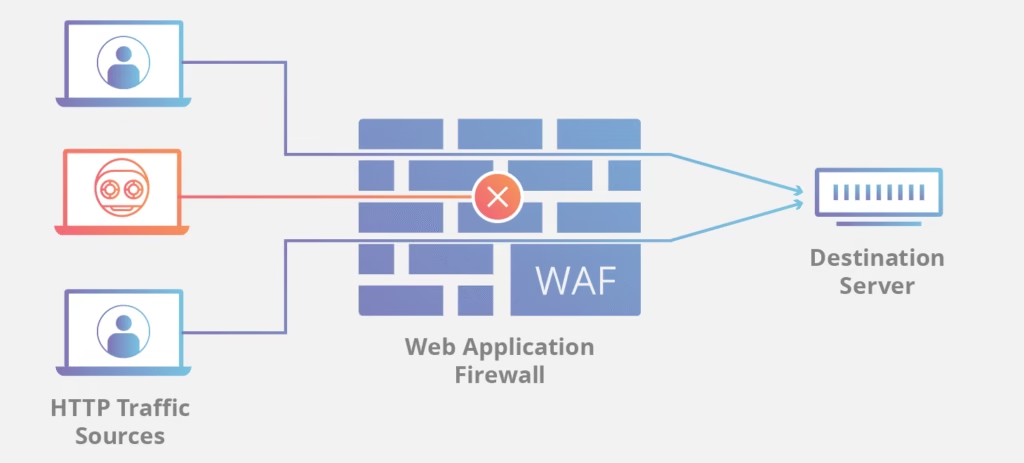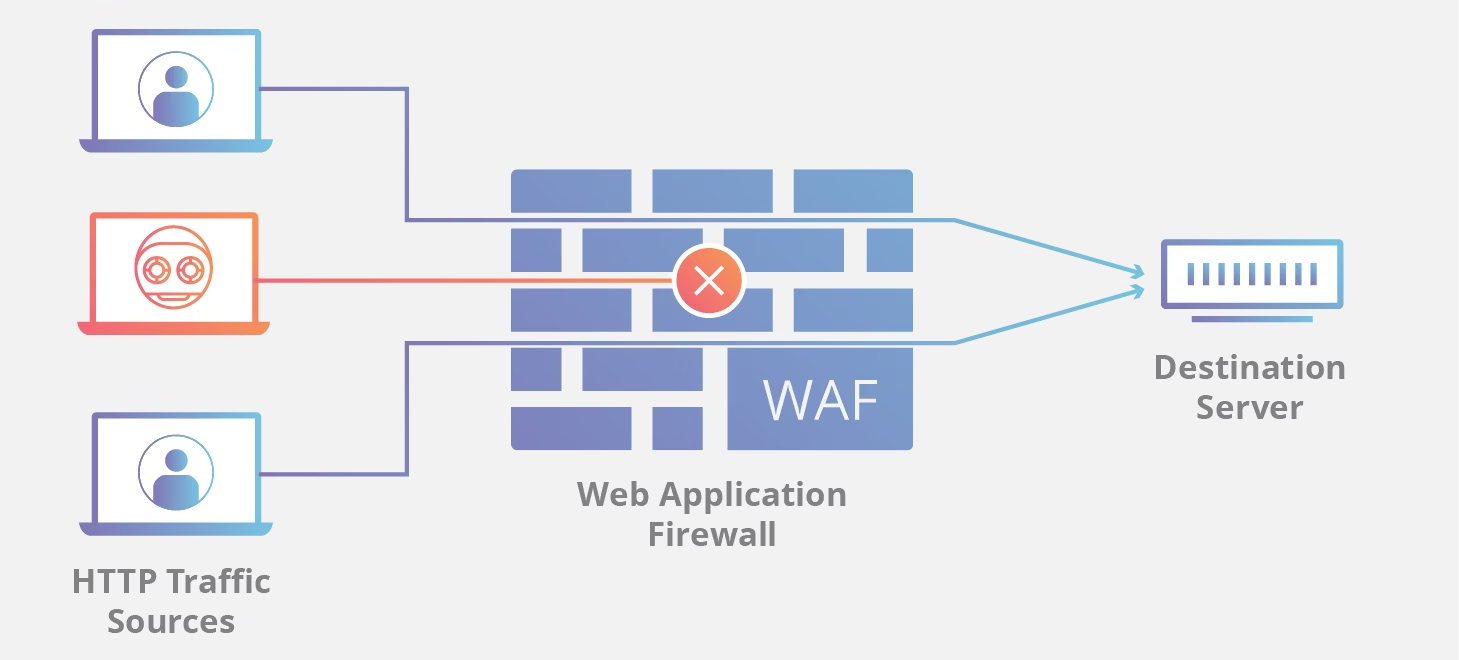
With cyberattacks increasing in complexity and volume, the need for strong website security is greater than ever. Whether you’re running a blog, online store, SaaS platform, or enterprise portal, a Web Application Firewall (WAF) is one of the most effective ways to shield your web application from online threats.
But what exactly is a WAF? And which WAF providers should you trust?
Let’s break it all down.
A Web Application Firewall acts as a filter between your web application and the external internet. It monitors, analyzes, and filters HTTP/HTTPS traffic to prevent malicious activity from reaching your servers.
Unlike traditional firewalls that operate at the network layer, a WAF works at the application layer (Layer 7) of the OSI model — where most vulnerabilities occur.
A WAF can be deployed in different modes:
- Reverse Proxy – traffic passes through the WAF before reaching the web server
- Inline/Bridge Mode – positioned between the router and server
- Cloud-based – sits in front of your website as a service (popular for small to medium businesses)
- SQL Injection
- Cross-site Scripting (XSS)
- Cross-site Request Forgery (CSRF)
- File inclusion attacks
- Remote Code Execution (RCE)
- Bad bots, scrapers, and brute-force logins
- DDoS attacks
- Immediate protection from known and emerging threats
- Compliance with security standards (PCI DSS, HIPAA, GDPR)
- Protection of customer data and internal assets
- Reduced downtime due to proactive threat blocking
- Insightful traffic analytics to identify suspicious activity
| Feature | Description |
|---|---|
| Real-time monitoring | See traffic as it happens |
| Custom rule creation | Tailor protections for your app |
| Virtual patching | Protect against zero-day vulnerabilities |
| Rate limiting | Block IPs that send too many requests |
| Bot protection | Detect and block malicious bots |
| Geo-blocking | Restrict traffic from high-risk countries |
Here’s a breakdown of leading WAF vendors, suited for different use cases:
| Provider | Type | Best For | Key Features | Price (Approx.) |
|---|---|---|---|---|
| Cloudflare WAF | Cloud-based | SMBs to enterprises | DDoS protection, bot mitigation, free CDN | Free to $200+/mo |
| AWS WAF | Native cloud | AWS users | Integration with CloudFront, custom rules | Pay-as-you-go |
| Sucuri Firewall | Cloud-based | WordPress & small sites | Malware cleanup, website hardening | From $9.99/mo |
| Imperva WAF | Cloud / On-prem | Enterprises | Advanced analytics, threat intelligence | Custom pricing |
| F5 Advanced WAF | Appliance / Cloud | High-security networks | AI-based detection, API security | Enterprise-level |
| Akamai App & API Protector | Cloud CDN-integrated | Global apps | App-layer DDoS + API security | Custom pricing |
| StackPath WAF | Edge-based | Developers / startups | Low latency, API rules | From $20/mo |
| Barracuda WAF | Hardware / Virtual | Corporate apps | Granular controls, SSL offloading | From $1,000/yr |
| Fortinet FortiWeb | Hardware / Cloud | Enterprise and gov | Deep learning WAF engine | License-based |
When selecting a WAF, consider:
- Where your app is hosted (e.g., AWS, shared hosting, on-prem)
- Your traffic volume and budget
- Technical skill (Cloudflare and Sucuri are easiest for beginners)
- Compliance needs (GDPR, PCI, HIPAA)
| Site Type | Why It Needs a WAF |
|---|---|
| E-commerce store | Protect customer data, prevent payment attacks |
| SaaS app | Secure APIs and user sessions |
| News/blog site | Defend against comment spam, scraping, and DDoS |
| Government site | Block targeted attacks and preserve uptime |
A WAF is no longer optional — it’s a must-have. Whether you’re running a small blog or managing a high-traffic enterprise application, a properly configured Web Application Firewall will drastically reduce your attack surface and help you sleep better at night.
Cybercriminals are always evolving, but so are our defenses — and WAFs are on the front lines.

